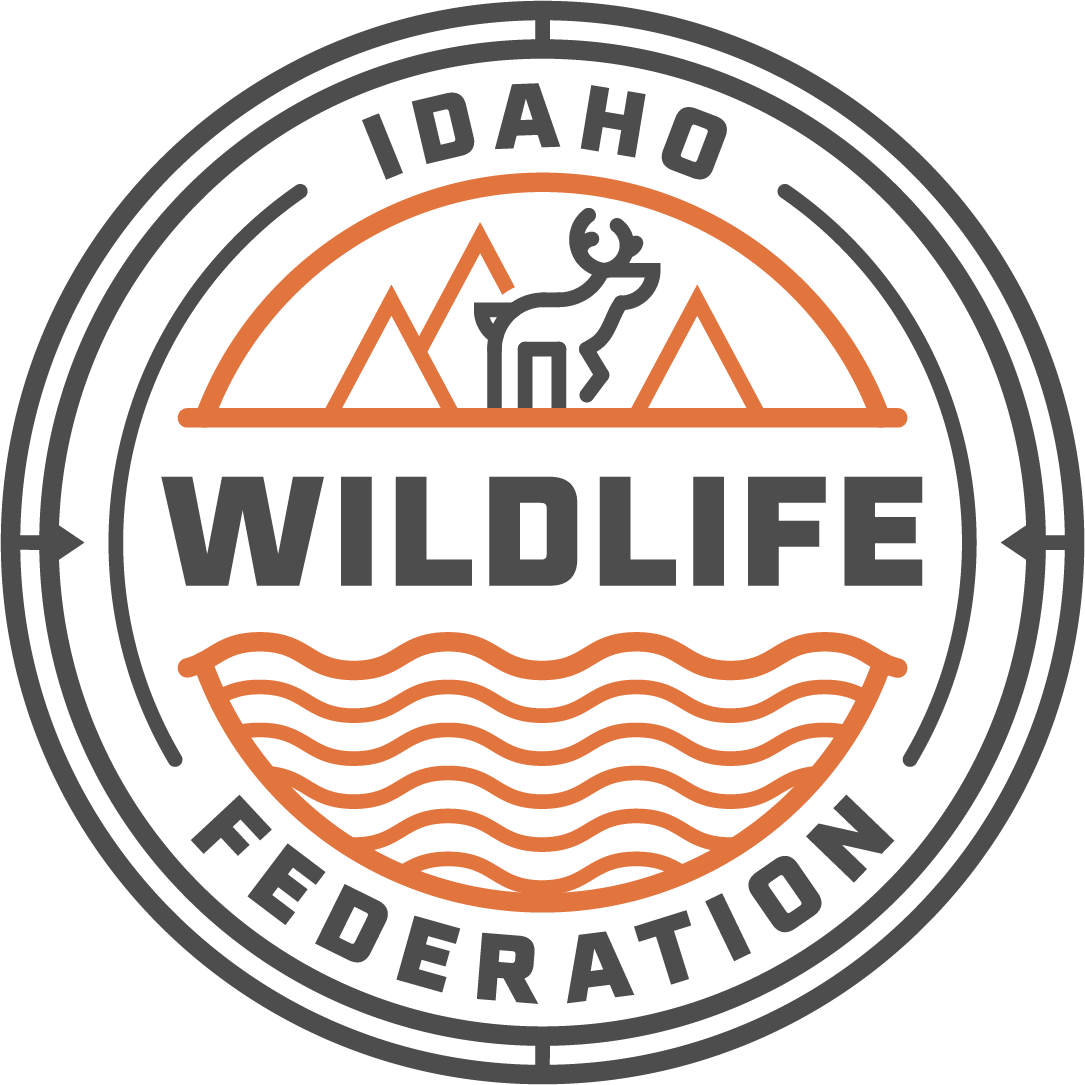Travel Management in Owyhee County- What Sportsmen Need to Know
The Bureau of Land Management’s Boise District Office has picked back up on efforts to complete comprehensive travel management planning throughout Owyhee County.
Canyonlands East, which is the first of five travel management plans throughout the County, is out for public comment until August 24th.
A breakdown of the five travel management area subregions within Owyhee County. Canyonlands East is in the SE corner.
The travel management planning process formally designates motorized and non-motorized routes to the public. Travel management is essential to ensure that there is an adequate level of access for sportsmen and women while also minimizing environmental impacts that may be occurring from pioneered routes. It’s a balancing act- the BLM has to create a plan that is supported across a variety of user groups, is enforceable, and does not create undue degradation to sensitive wildlife habitat.
This balancing act is especially difficult down in Owyhee County, where off-highway vehicle use has increased 258% between 1998 and 2014. This rapid increase in OHV use, in addition to other recreational uses, has created pressure on the landscape that now requires a travel management planning process.
The Canyonlands East landscape contains some of the largest, unburned sagebrush habitat remaining in the state, as well as one of the largest areas with a high density of sage-grouse leks. It also contains productive habitat for pronghorn and bighorn sheep. This area spans over 1,000 square miles and currently has 1,493 miles of inventoried routes. Some of these routes will be maintained for motorized use while some will not be incorporated into a comprehensive travel management plan.
Here are a few takeaways from IWF staff when reading through the Canyonlands East TMP:
Route densities should be kept at around 1 mile/mile2 as a way to provide for large, contiguous blocks of wildlife habitat in key areas, such as sage-grouse habitat and big game winter range or migratory pathways. Route densities across the alternates range from 0.69-1.18mi/mi2. Alternative B would create the lowest route density, followed by Alternative C, then D. Alternative A, or “No Action” would result in the highest route densities and greatest impacts to sensitive wildlife species as time goes on.
The BLM must take special consideration for sage-grouse and bighorn sheep in the planning area. These two iconic species are particularly sensitive to habitat fragmentation, conversion of native plant communities, and human disturbance, particularly in the spring when sage-grouse are lekking and bighorn sheep are lambing. We believe a blend between Alternatives B and C may meet the needs of these species as well as the desires of recreationists on the landscape.
The BLM should provide the public with the confidence that it can adequately enforce a comprehensive travel management plan, including enforcement of routes closed to off-road vehicles or routes with seasonal closures for sensitive wildlife. A travel management plan is only as good as its implementation on the ground.
The BLM can and should prioritize habitat rehabilitation projects throughout the travel management planning area. Prioritizing habitat improvement and restoration of native plant species near closed routes may be an effective method to deter illegal use. Navigating through mature sagebrush is much more challenging compared to cheatgrass fields.
You CAn Comment on the Canyonlands East Travel Management Plan now through August 24th!
To comment, please:
Place your personalized comments (you’re welcome to use the recommendations listed above as guidelines in the “Comments’ section
Record Contact Information and Submit!

